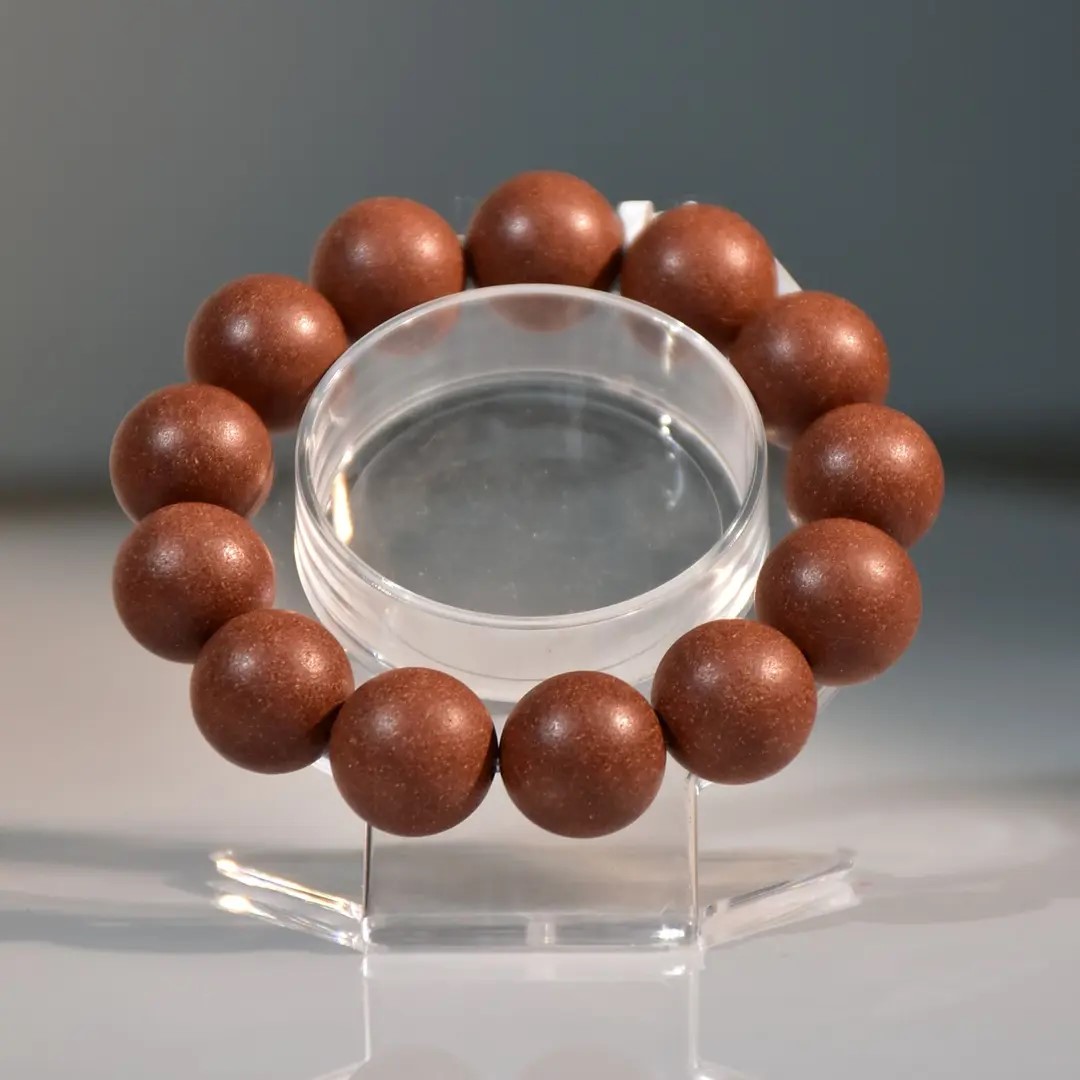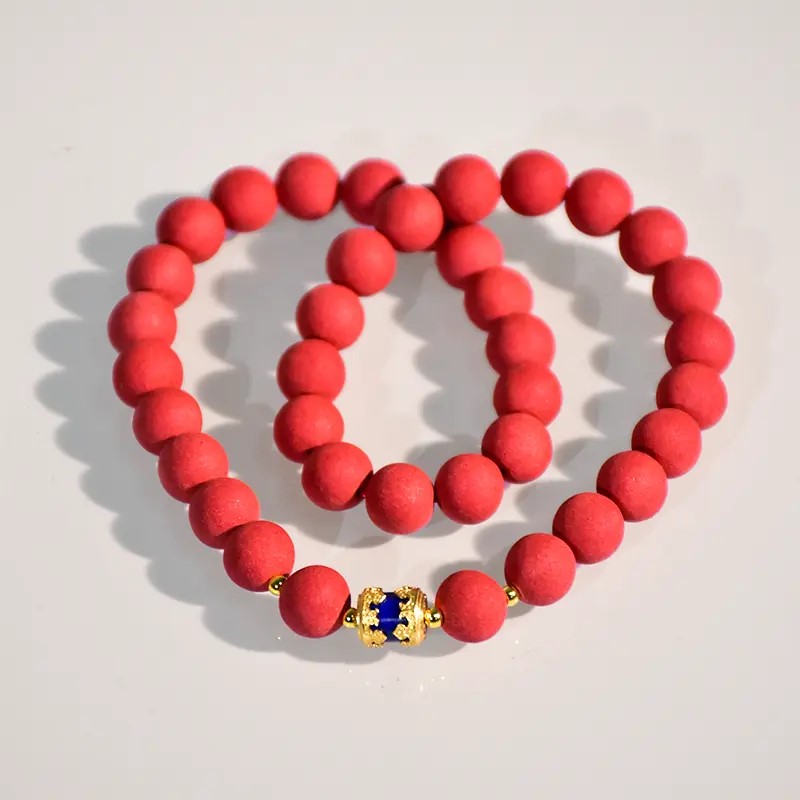HMMA Story
Story
In the quiet rhythm of Kaiji’s hands, ancient China breathes once more.

HMMA ART was born not merely as a brand, but as a vessel of memory — carrying the soul of incense through the smoke of time. Guided by Kaiji, a mobile inheritor of China’s intangible cultural heritage, HMMA ART revives the forgotten elegance of Aroma Incense Beads— traditional handcrafted incense beads that once perfumed the robes of scholars and whispered through temple halls.

Each bead is a poem, written not in ink, but in the soft dance of fragrant herbs — sandalwood, agarwood, and secret botanicals gathered with reverence. Blended by hand, shaped with heart, they echo the ancient belief: that scent is spirit, and craftsmanship is devotion.
More than fragrance, HMMA ART offers a moment — a return to stillness, to beauty, to heritage. In every bead lives the quiet strength of tradition, and the delicate voice of a culture that endures.
Let the scent of the past awaken something timeless in you.